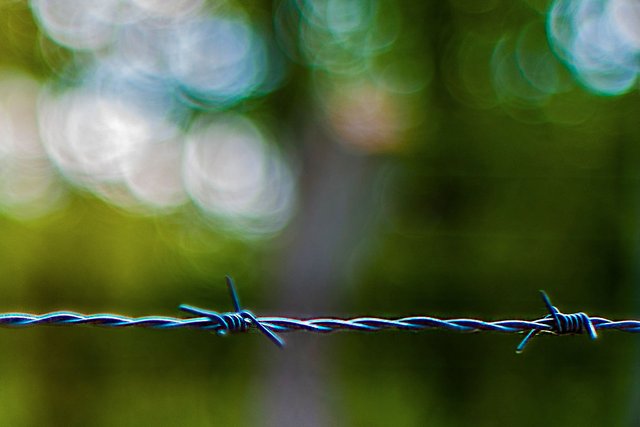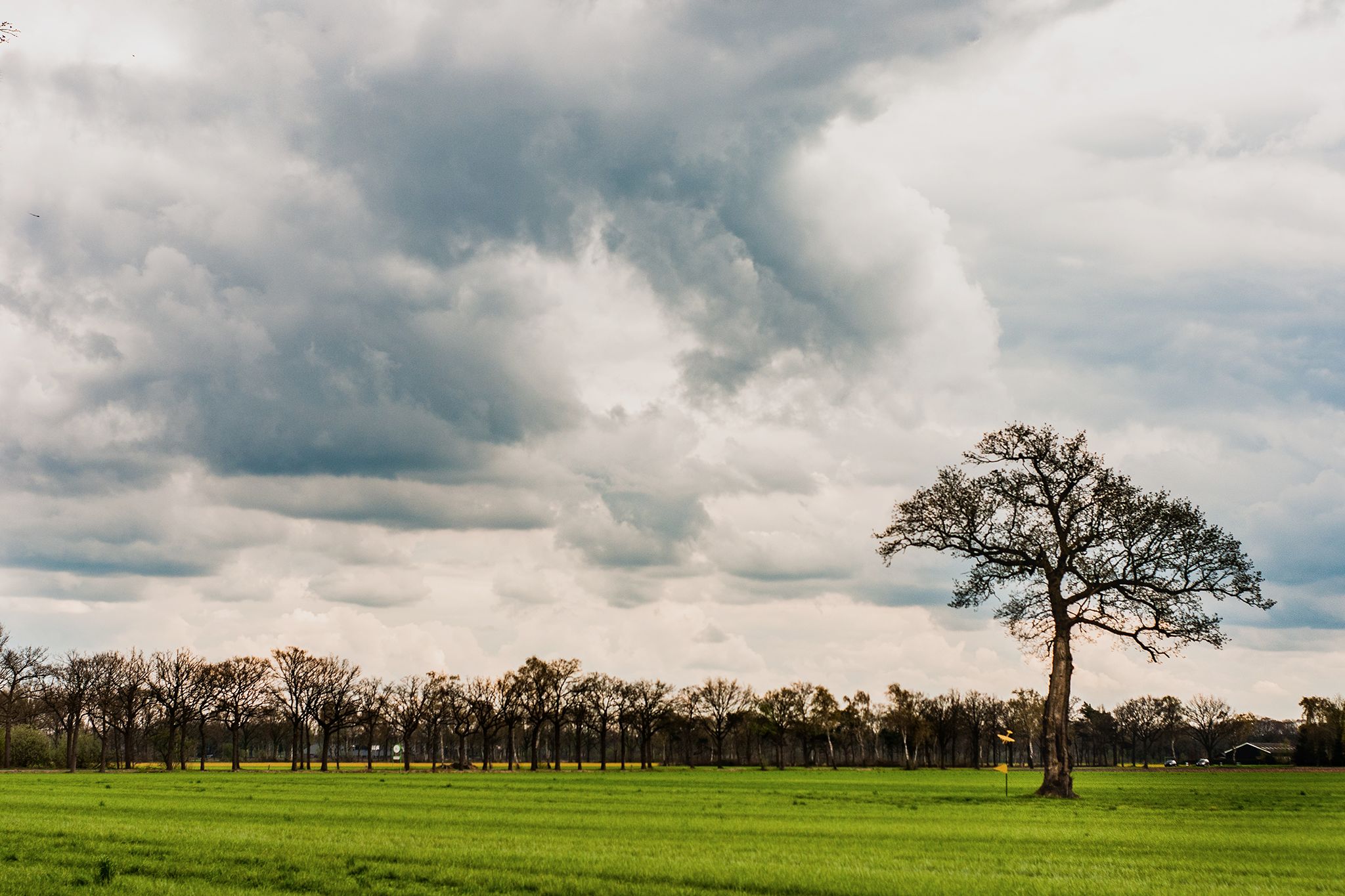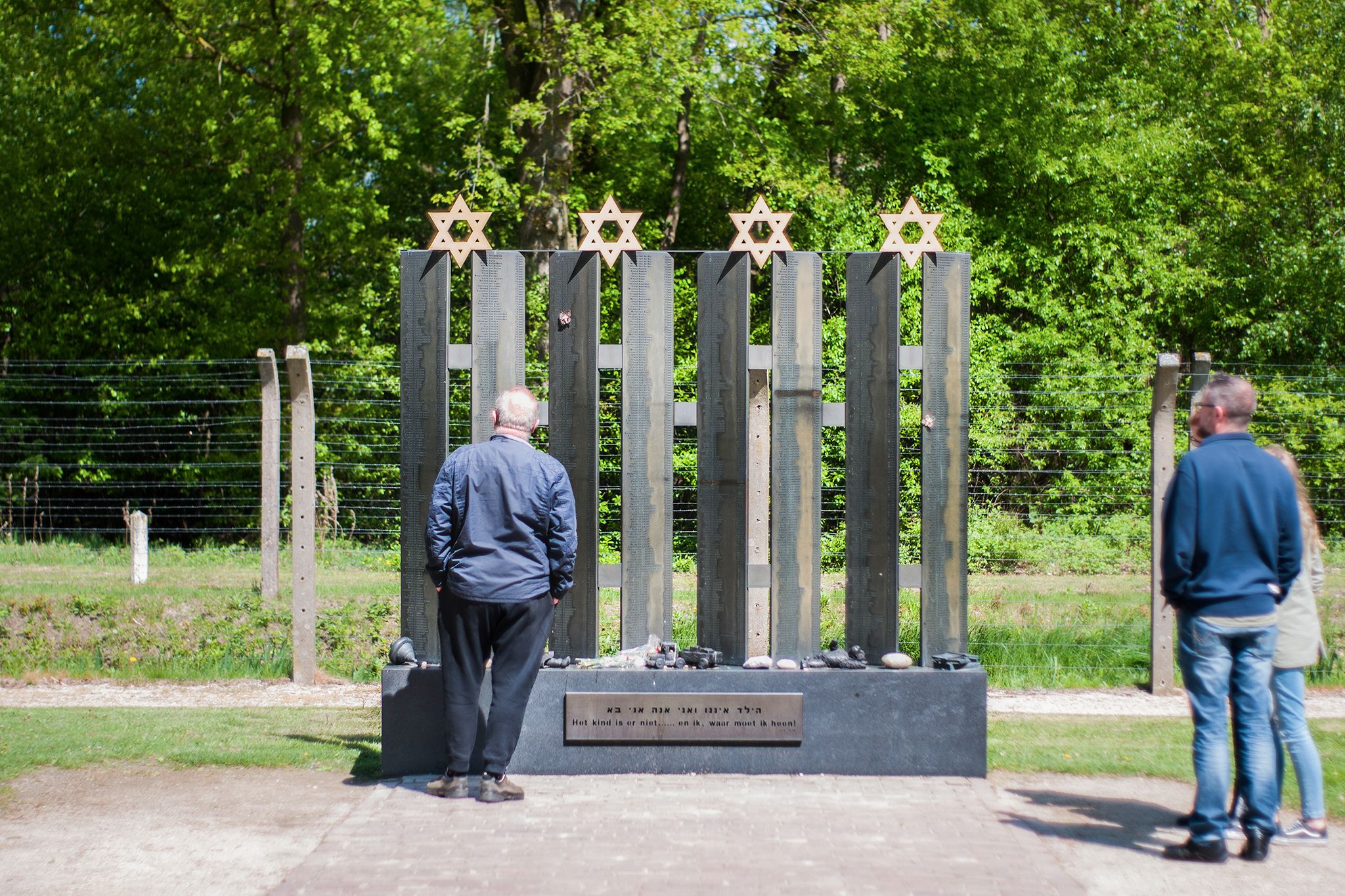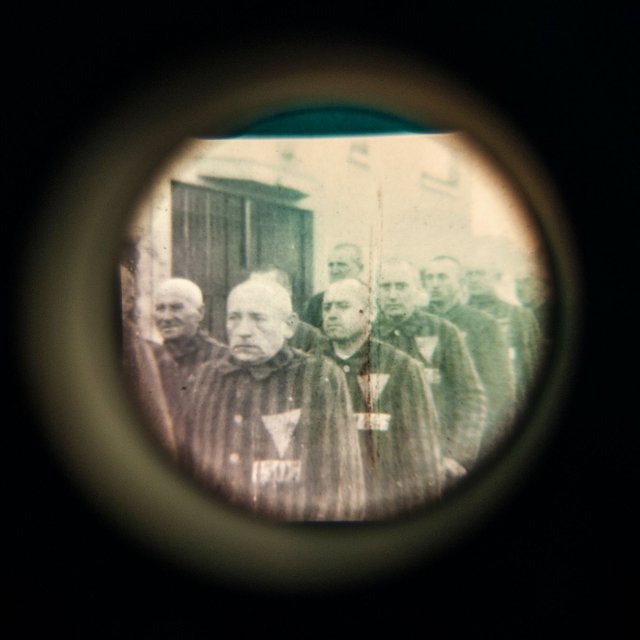Heeswijk Dinther and Surroundings ... History Part II
When we moved to Heeswijk Dinther some 3.5 years ago, we did not know the place at all. We had no ties with it, there was no family, and I would have been there twice in my life before we went to live there.
But soon after we came here we discovered that Heeswijk Dinther and surroundings still have a bit of history. And also interesting objects that have really stood the test of time. Such as, for example:
National Monument Camp Vught

19 kilometers from Heeswijk Dinther is the National Monument Camp Vught. Triggered by a story I found on the internet with its origins in Heeswijk Dinther I decide to visit the monument. I'm getting a bit of a weird feeling. It may have been 73 years since WWII ended for the Netherlands. On the other hand, it is JUST 73 years ago, just 73 years ago that humanity committed real horrors against each other. Only 73 years ago that you were murdered because you did not meet a particular ideal. Only 73 years ago that camps were built to isolate people from society, to humiliate them and then destroy them, all because of an ideal image. And for more than 32,000 people, the place we now call National Monument Camp Vught has been a location full of horrors. Welcome to the history part II of Heeswijk Dinther and surroundings.
The story that triggered me is the following. In the street where I went to live is a tree, a lonely tree. All alone in the middle of a big field. But next to that tree is a wooden pole, and on that wooden pole a plane has been mounted. A little further on in a bend, there is such a wooden pole with a plane. When I started looking for what the meaning was, I soon found the information that in the WWII two British bombers (Halifax) crashed in this area. Almost all crew members were killed in both crashes. Only 1 person managed to survive and fled with the help of the local residents for the occupiers. Unfortunately, he was later arrested. He then ended up in Konzentrationslager Herzogenbusch where he survived his imprisonment.

There were in the Netherlands, a number of camps during WWII but Kamp Vught, which was called Konzentrationslager Herzogenbusch during the war, was different as other camps. Konzentrationslager Herzogenbusch was the only camp outside the boundaries of the German Federal Republic of Germany built on the model of the famous extermination camps Auschwitz and Sobibor. Konzentrationslager Herzogenbusch was also the only camp outside the boundaries of the German Federal Republic which fell directly under the SS command. And even though this camp has never become a death camp, life in this camp has certainly not been fun.
Construction started in 1942, and the residents of the Vughtse woods all thought that a barracks was being built. The first prisoners arrived until 1943. The transit camps Amersfoort and Westerbork could no longer catch the stream and Vught had to offer the solution. When the first prisoners arrived in 1943, the camp was not even ready. Construction was still in full swing. The prisoners themselves had to finish their 'housing'.
Some impressive statistics about the camp:
- Started building in 1942
- First prisoners in January 1943
- In the first months several hundreds of people died because of the miserable circumstances.
- In total around 32,000 people between January 1943 and September 1944 locked up for a short or longer period in the camp.
- In addition to 12,000 Jews, Vught included political prisoners, resistance fighters, Sinti and Roma ('gypsies'), Jehovah's witnesses, vagrants, black traders, criminals and hostages.
- At least 749 children, women and men died in the camp due to hunger, disease and abuse.
- 329 prisoners were executed at the fusilla depot just outside the camp.
- Each prisoner received a colored triangle on his or her prison suit. Jewish prisoners received a yellow triangle, political prisoners and resistance fighters a red, criminals a green, the 'criminals' (illegal slaughterers and black marketers) a black triangle and Sinti and Roma a brown triangle. homosexuals a pink triangle.
Bunkerdrama.
One of the most famous stories of what happened in Konzentrationslager Herzogenbusch is the Bunkerdrama where 74 women are locked up in a 9m2 cell on 15 January 1944. 10 women do not survive this confinement and the camp responsible SS camp commander is dismissed from his position as camp commander by an SS judge and is personally relegated by Heinrich Himmler to an ordinary soldier. This man will later die with Hungary in 1945.
Children's Memorial.
Also known are the special children's transports from Konzentrationslager Herzogenbusch. On 5 June 1943 it was announced that all children had to leave the camp. And on 6 and 7 June at least 1269 children in the ages from 0 to 16 years were transported to camp westerbork, and then to Sobibor where they were almost destroyed immediately after arrival. The special 'Children's Memorial', with names and ages of the victims, recalls these children's transports. And every year in June these transports are commemorated at the 'children's memorial'.




ALSO AFTER WWII CAMP VUGHT HAS ALWAYS REMAINED IN USE.
Many people stayed in the years immediately after the war. Parts of the camp were taken into use for the internment of thousands of suspected Dutch collaborators. They were soon joined by another thousands of Germans evacuated from the border area. And in 1951 the doors opened for the KNIL soldiers with their families. These people would actually only stay in the Netherlands for six months, but that was different. Until the mid-1990s these people lived in the original war barracks until it became clear that the roofs were rotten and the fire department decided that the barracks had to be demolished. After that, new homes were placed for those former KNIL soldiers
The Konzentrationslager Herzogenbusch has actually been 350,000 m2 in size, but unfortunately few original pieces have been preserved. What is still original is not accessible to visitors and what is accessible is reconstructed, which in my opinion ... has been done much too neatly.
On the terrain there still are two barracks in use. The Bredero Barracks, and the Lunetten Barracks. There also is the Penintentiaire institution, and in that building there still is the bunkercell from the Bunkerdrama. This is in original state, but not accessible for visitors.
All in all, I have gained a lot of impressions, and 'seen' a piece of history from an important period in the past.
A past that may never be present.


Great post.
I recently invited you for the MinnowBooster White List, because I thought very highly of your posting, and am glad to see that you were accepted.
The MB white list is for quality content makers and gives you many perks, such as the ability to purchase a more-profitable upvote. You can read more about it on the MB blog: https://steemit.com/minnowbooster/@minnowbooster/minnowbooster-epic-update-community-whitelist-now-online
Congratulations. I'm happy to answer any questions you might have about using Minnowbooster.
Thank you for your comment and compliment!
As a follower of @followforupvotes this post has been randomly selected and upvoted! Enjoy your upvote and have a great day!
very touching and nicely photographed blog. thank you for all your work on this. great material and presentation.
Thank you for your kind reply! I appreciate it very much.
sure thing, anytime! :)